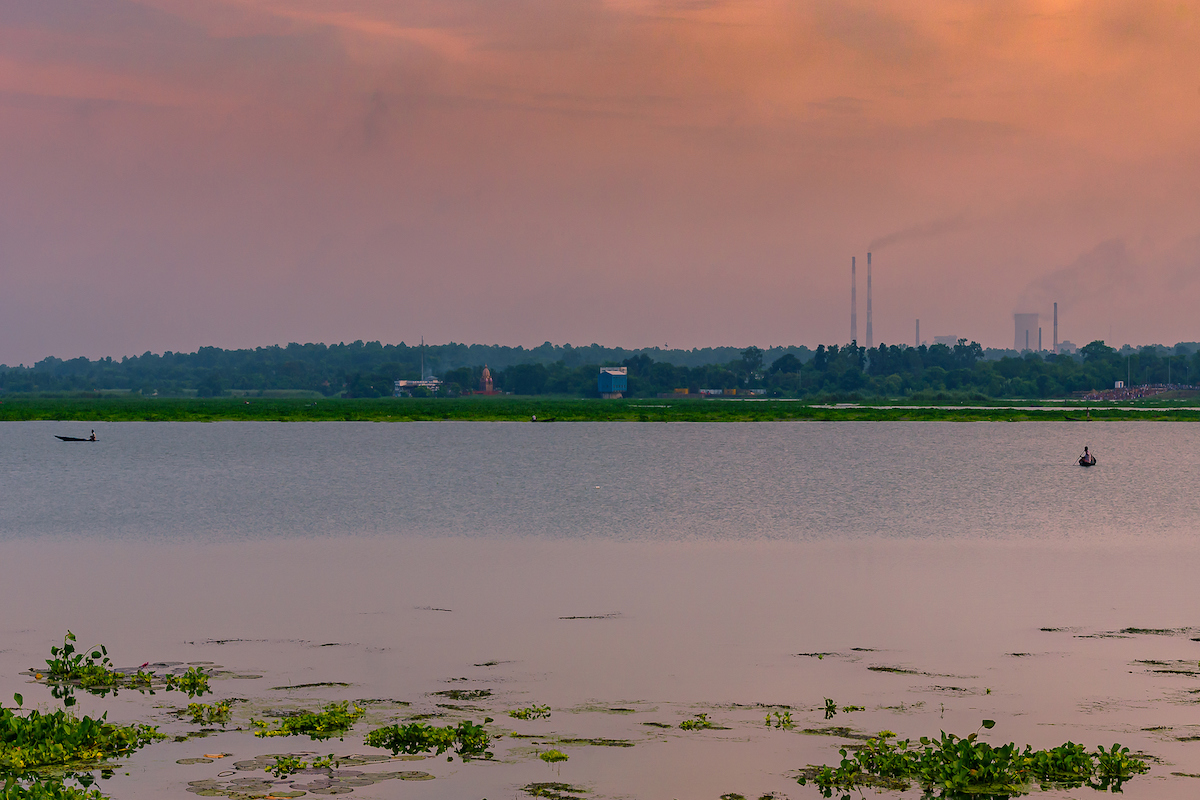After a flash flood wreaked havoc in Uttarakhand causing death and destruction on Sunday, the needle of suspicion points to deforestation and indiscriminate sprouting of hydel power stations in that state over the past several years.
As the disaster refreshes the collective memory about the 2013 Kedarnath catastrophe, it also focuses on a report of the Union Ministry of Environment and Forests which took into consideration mushrooming of hydel power plants in the hilly state.
Advertisement
Underscoring the point, a report to the Supreme Court of a committee of the People’s Science Institute (PSI), Dehradun, recommended scrapping of more than 20 hydel power stations in and around the Alaknanda river.
The construction of these hydel power stations is changing the water level and course of the river, damaging stability of soil and rocks of the adjacent forests which is essential to prevent landslides.
Apart from a global rise in temperature, the factors raised in the PSI report can be the reason behind the disaster ~ be it a glacial lakes burst or an avalanche. The hydel power plants of Uttarakhand being based on “run of the river” principle can adversely affect the areas in and around the waterbody, it is apprehended.
Tree roots are important segments of keeping the earth and the rocks therein firmly embedded. But deforestation, often to make way for a hydel power plant weakened the “ground strength” of soil near the river which would hardly put up a strong resistance to the rushing flood water, it was pointed out.
Nearly 7,000 acres of forest land faced the fallout of building more than a 100 hydel power plants, it was learnt. The cumulative effect of indiscriminate tree felling and coming up of hydel power stations have to be probed to arrive at the cause of the recent disaster.
The building of tunnels by blasting rocks in Alakananda valley preceded the building of hydel power stations. It has damaged the adhesion of the rocks in the soil and reduced its capacity to retain rainwater in the event of a heavy downpour.











